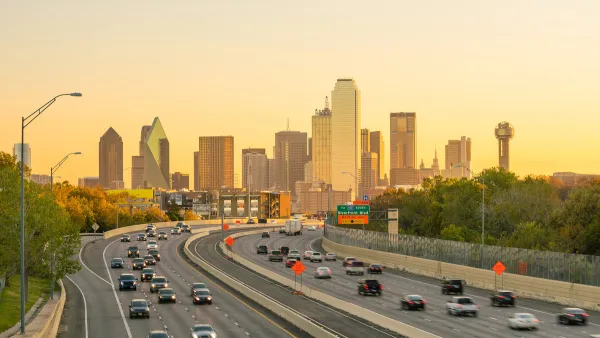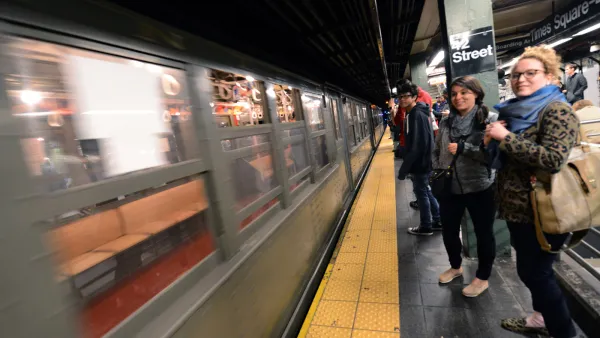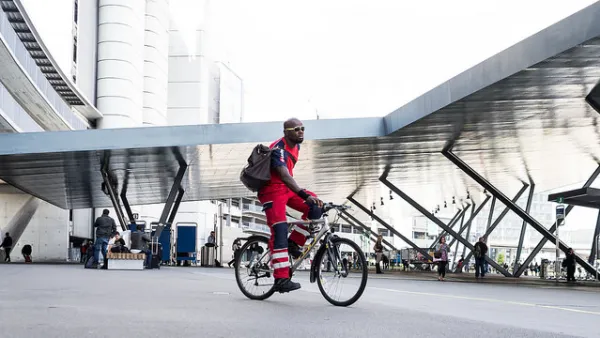Many planners say they want to try out active commutes when in-office work becomes possible. How will a fresh look at their local streets influence planning professionals and planning practice?

A survey of 1,000 planning professionals conducted by Kittelson & Associates asked whether remote work has changed preferences about commuting to work. A surprising number of workers in government and the built environment professions want to try an active commute once they return to the office post-pandemic the survey finds—a change in habits that might reduce the widespread windshield bias that has subtly shaped city decision making for generations.
"Like several broader studies have found, many respondents remain shy of returning to public transportation, but 23 percent of workers who previously took transit every day indicated that they plan to try a bike, walk, or other active commute once they can return to the workplace — compared to about 18 percent that will commute solo by car," writes Kea Wilson.
Equally important, 44 percent of survey respondents said they would opt for biking or walking over mass transit commutes in the future. Only .5 percent of Americans in the transportation industry chose active commuting in 2014, according to an American Community Survey survey.
"One thing’s for sure: if all these powerful people actually make good on their intentions to try walking, biking, or wheeling to work, they may get a glimpse of their communities they’ve never seen before. And if they don’t like what they see, maybe they’ll start thinking about how to make our roads better for the rest of us," opines Wilson.
FULL STORY: Study: COVID-19 Might Finally Get City Planners Out of Their Cars

National Parks Layoffs Will Cause Communities to Lose Billions
Thousands of essential park workers were laid off this week, just before the busy spring break season.

Retro-silient?: America’s First “Eco-burb,” The Woodlands Turns 50
A master-planned community north of Houston offers lessons on green infrastructure and resilient design, but falls short of its founder’s lofty affordability and walkability goals.

Delivering for America Plan Will Downgrade Mail Service in at Least 49.5 Percent of Zip Codes
Republican and Democrat lawmakers criticize the plan for its disproportionate negative impact on rural communities.

Test News Post 1
This is a summary

Test News Headline 46
Test for the image on the front page.

Balancing Bombs and Butterflies: How the National Guard Protects a Rare Species
The National Guard at Fort Indiantown Gap uses GIS technology and land management strategies to balance military training with conservation efforts, ensuring the survival of the rare eastern regal fritillary butterfly.
Urban Design for Planners 1: Software Tools
This six-course series explores essential urban design concepts using open source software and equips planners with the tools they need to participate fully in the urban design process.
Planning for Universal Design
Learn the tools for implementing Universal Design in planning regulations.
EMC Planning Group, Inc.
Planetizen
Planetizen
Mpact (formerly Rail~Volution)
Great Falls Development Authority, Inc.
HUDs Office of Policy Development and Research
NYU Wagner Graduate School of Public Service





























